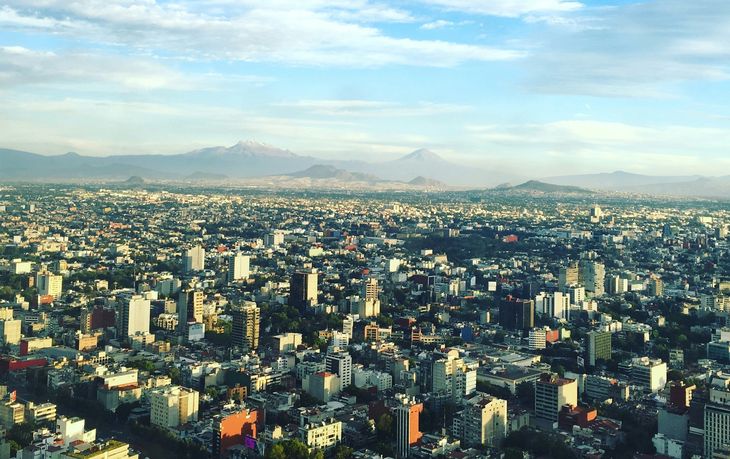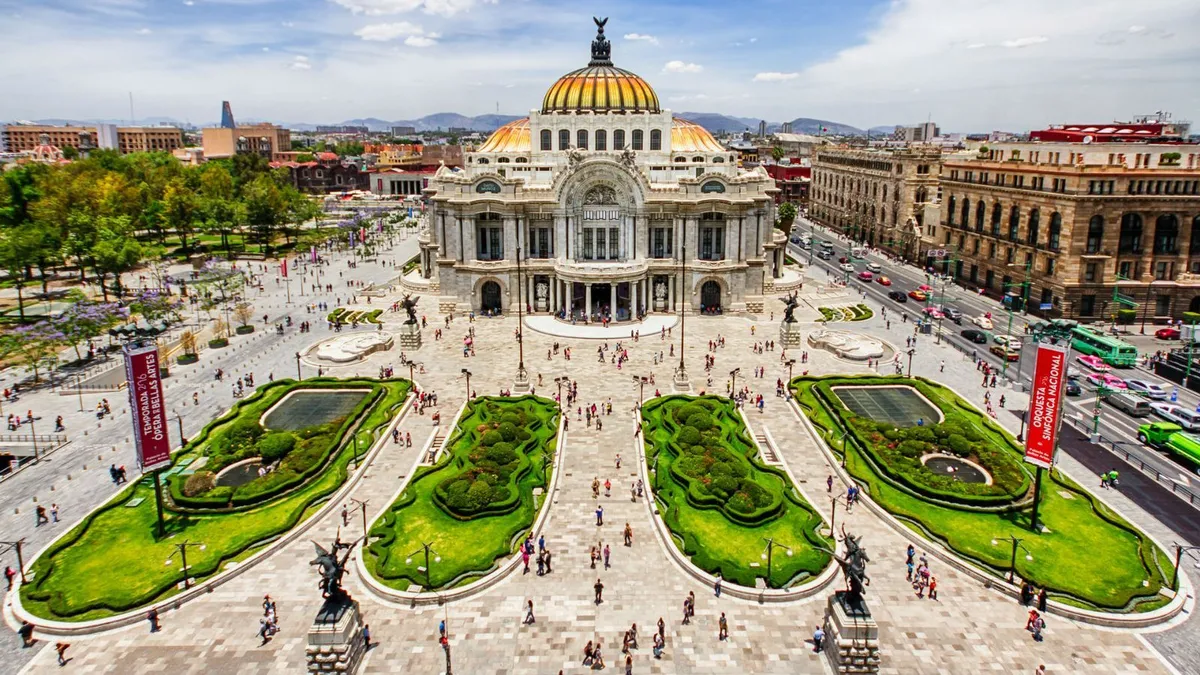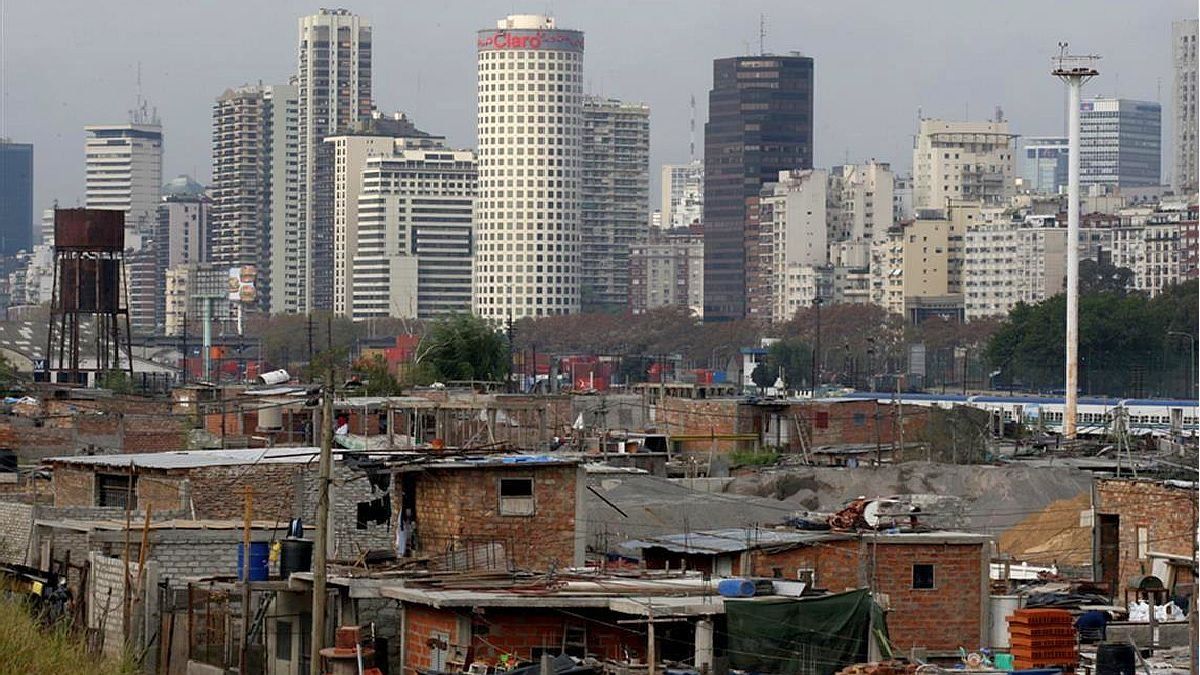A capital of the continent surprises by positioning itself among the most affordable in the world, according to an international report on housing and urban expenses.
Amid global inflation and rising rent prices, some cities on the continent still manage to offer an urban lifestyle at reasonable prices. The most recent international reports show that, even in times of economic uncertainty, there are still places where living does not mean spending half your salary on rent.
The content you want to access is exclusive to subscribers.
The study prepared by DWS Groupwhich compared 80 metropolitan areas in the Americas, Europe and Asia-Pacific, ranked Mexico City among the most affordable cities on the planet. According to the results, the inhabitants of the Mexican capital spend between 25% and 30% of your net income on housinga level well below the world average. This relationship between income and costs places it as an attractive alternative within the global urban map.


The report also highlights that, while cities such as New York, London and Hong Kong continue to lead the ranking of the most expensive, some Latin American capitals show signs of balance. In the case of Mexico City, the wide supply of housing, relatively competitive salaries, and moderate costs in transportation and basic services contribute to maintaining general accessibility.
latin american cities .- mexico.jpg

Mexico City a large metropolis, but still livable
Despite its size and density, The Mexican capital retains features of affordability that other metropolises have already lost. Public transportation, one of the cheapest on the continent, costs around US$0.30 cents per trip, and the gastronomic offer—which ranges from traditional markets to renowned restaurants—allows you to adjust your budget without sacrificing quality.
According to DWS Group analysis, The key is in the diversity of the real estate marketwhich balances areas of high purchasing power with more accessible neighborhoods. This combination maintains a wide price range and avoids the speculation spikes that affected other capitals. However, experts warn that the growth of remote work and the constant flow of digital nomads is already beginning to strain some central neighborhoods, such as Roma Norte or Condesa.
“There is a risk of accelerated gentrification if prices continue to rise,” explain sector analysts cited by Bloomberg. “For now, The city maintains its attractiveness, but the balance could be fragile”.
Mexico City.jpg

Other accessible cities on the continent
In addition to the Mexican capital, several Latin American cities manage to maintain a competitive cost of living. Among them stand out Medellín, Quito and Montevideowhich combine moderate rental prices with good quality of services and relative security.
In Medellín, for example, the value of a rental in central areas is around US$300 to US$400 per monthwhile public transportation—including its metro and metrocable system—is among the most efficient and economical in the region. In Quito, the cost of living remains stable thanks to a real estate market less pressured by foreign demandwhich favors local residents. Montevideo, meanwhile, offers economic stability and a valued public health system, although food and some services are more expensive than in other capitals.
According to regional economists, Access to housing and local purchasing power are the factors that most influence the perception of affordability. While in South America inflation erodes incomes in several economies, some cities manage to maintain balance thanks to housing policies and accessible public transportation.
Source: Ambito
I am an author and journalist who has worked in the entertainment industry for over a decade. I currently work as a news editor at a major news website, and my focus is on covering the latest trends in entertainment. I also write occasional pieces for other outlets, and have authored two books about the entertainment industry.




